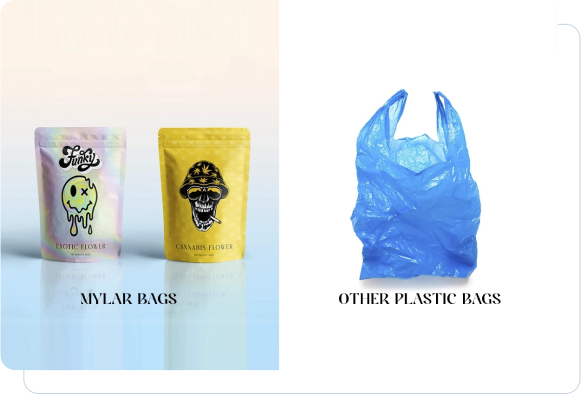The packaging and storage world is primarily controlled by Mylar and plastic bags. These storage solutions have unique specifications that match different requirements for preserving food over time and handling packaging requirements for shorter durations.
Business owners and survivalists who care about food storage should learn about Mylar and plastic bag distinctions to find the material that matches their needs. This article analyzes the characteristics of these bags together with their intended uses and environmental effects to help you select the optimal option.
What Are Mylar Bags?
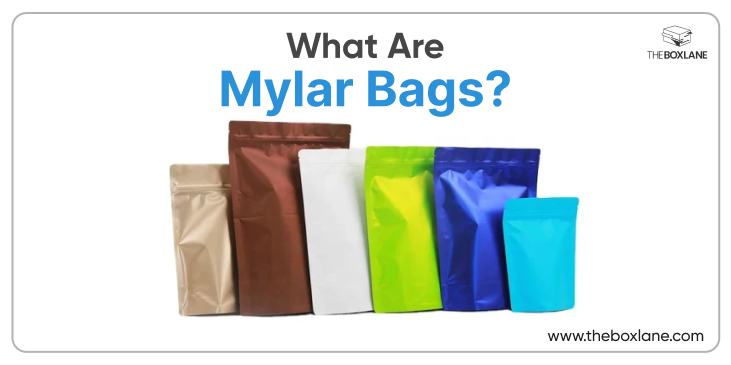
Mylar bags consist of PET (polyethylene terephthalate) polyester film, which becomes durable and airtight through aluminum coating. Mylar bags are known for their reliable performance and exceptional durability, which shield stored items from environmental elements, including light exposure, moisture, and oxygen ingress.
Key Features of Mylar Bags
- Exceptional Barrier Properties: The protective properties of Mylar remain exceptional because it effectively blocks oxygen while defending against both water and UV rays for food preservation.
- Durability: Mylar bags demonstrate outstanding durability since they resist both punctures and tears during storage and handling.
- Long-Term Storage: The proper sealing of Mylar bags enables users to store dried foods like rice and pasta and freeze-dried meals for extended periods of 30 years.
- Various Thickness Options: To maintain durability and functionality of five-gallon bags, manufacturers should use 4.0 MIL or thicker plastic materials.
What Are Plastic Bags?
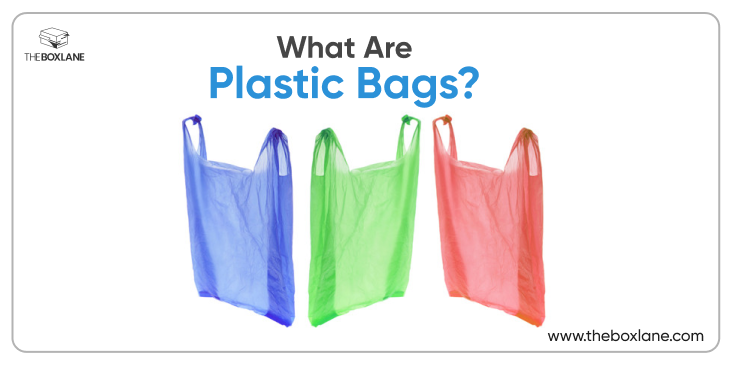
Plastic bags exist mainly as products containing either polyethylene (PE) or polypropylene (PP) materials. Plastic bags serve multiple applications because they are lightweight while maintaining affordability and finding wide usage across retail and food packing sectors.
Key Features of Plastic Bags
- Cost-Effective: Plastic bags remain affordable during their production process and buying stage, thus serving both businesses and consumers well.
- Flexible and Lightweight: The bags demonstrate both easy storage and lightweight properties, which make them practical for food packaging and general carrying needs.
- Customizable: Plastic bags come in multiple dimensions and thicknesses, and styles, which businesses can customize through printing and design options for branding purposes.
- Moderate Moisture Resistance: The protective properties of these bags against moisture exist, but do not match the effectiveness of Mylar bags against oxygen and light.
Mylar Bags vs. Plastic Bags: A Side-By-Side Comparison
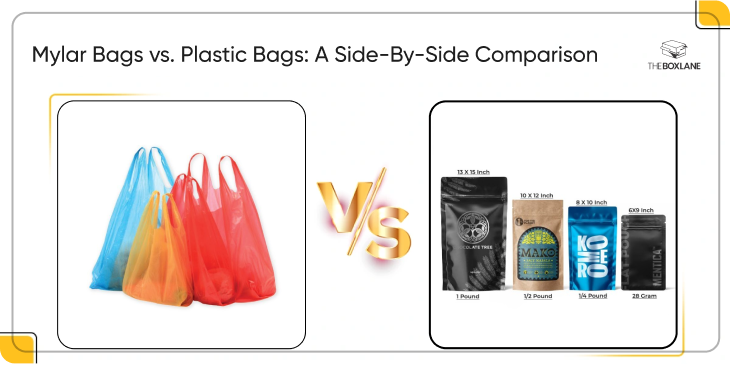
1. Barrier Properties
- Mylar: Mylar stands as the optimal storage material since it offers the highest level of protection against oxygen and moisture, and light exposure.
- Plastic: The barrier properties of plastic are limited which makes it useful for short-term storage but ineffective for maintaining freshness.
2. Durability
- Mylar: Highly durable and tear-resistant, ideal for heavy-duty storage and rough handling.
- Plastic: Plastic materials have weak resistance to tearing, which makes them appropriate for storing lightweight items.
3. Cost
- Mylar: Mylar requires an initial cost investment, which leads to long-term value benefits.
- Plastic: This material remains affordable for large-scale short-duration usage.
4. Environmental Impact
- Mylar:
- Not biodegradable but reusable and recyclable through programs like TerraCycle.
- The extended product lifetime decreases the requirement for disposable plastic items.
- Plastic:
- A significant contributor to plastic pollution when not recycled.
- The material is recyclable, yet many people fail to dispose of it properly.
5. Longevity
- Mylar: The product retains freshness during extended use since proper storage reaches 30 years.
- Plastic: Seal degradation occurs within short time frames, which makes this material unfit for extended storage needs.
Best Uses for Mylar Bags
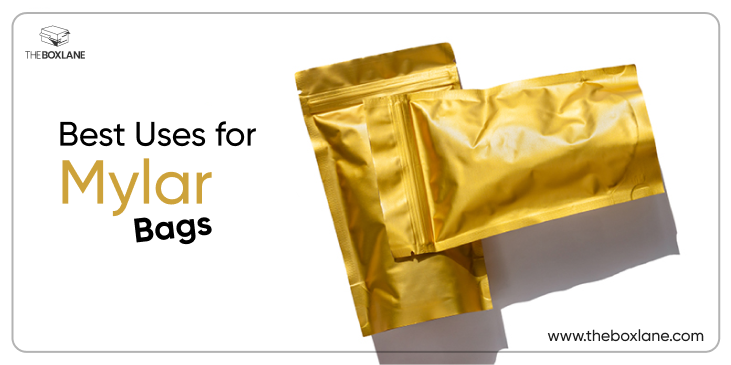
- Long-Term Food Storage: The storage of dried goods along with dehydrated foods, and freeze-dried meals requires the use of Mylar bags. Survivalists depend on Mylar as their top choice to create emergency food supplies for survival.
- Moisture and Oxygen Protection: Mylar functions as a protective barrier by shielding electronics and seeds with photographs against moisture and oxygen exposure.
- Durable Storage: Mylar works excellently for practiced disaster kits and also serves camping and hiking activities.
Best Uses for Plastic Bags
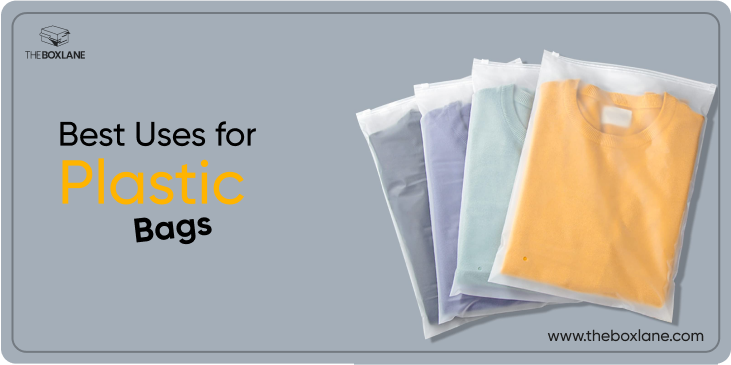
- Short-Term Food Packaging:
- These bags are suitable for storing bread as well as snacks and fresh produce that need to be preserved briefly.
- Flexibility and Lightweight Needs:
- These bags excel for fast storage needs and retail applications that require quick access.
- Cost-Sensitive Applications:
- Plastic bags offer small businesses affordable options which deliver reliable functionality.
Environmental Considerations
The environmental impact of your choice matters. Neither material is identical in performance since we can compare their features side by side:
- Mylar Bags:
- You should adopt reusable packaging that will last longer than single-use materials.
- Recyclable via specialized programs, but not biodegradable.
- Plastic Bags:
- Improper disposal methods result in plastic bags becoming waste.
- Some are recyclable, but success depends on consumer participation and infrastructure.
Users who care about the environment should choose Mylar because it lasts longer and can be reused, which cuts down on the total package materials required.
Choosing What’s Right for You
The selection of your bag should match your particular requirements. Refer to the following basic points, which will guide your choice:
Choose Mylar Bags If:
- Long-term food preservation or extended fresh content preservation is your main goal.
- Your items need protection from oxygen exposure, combined with moisture and light exposure.
- Durability, together with exceptional barrier properties, must be your main priorities.
Choose Plastic Bags If:
- Your packaging needs are short-term.
- The features of flexibility and lightweight construction together with low cost, define these products.
- Your main goal is to find bags that let you customize branding features.
Final Thoughts on Mylar and Plastic Bags
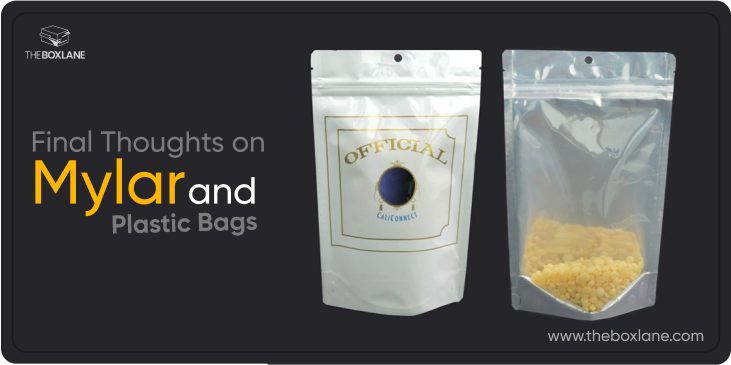
The understanding of distinct advantages between Mylar and plastic bags enables you to select the right storage and packaging solutions. The storage needs of survivalists, together with businesses that prioritize durable preservation, select Mylar bags as their preferred choice. Plastic bags continue to be a cost-effective solution for short-term applications and low-cost projects.
The selection between these materials should include examination of environmental targets by businesses. Mylar stands superior to plastic regarding sustainability since it can be reused and recycled.
Need custom Mylar bags for your business? Or still debating between short-term flexibility and long-term durability? Our custom packaging solutions are available for your selection right now.


